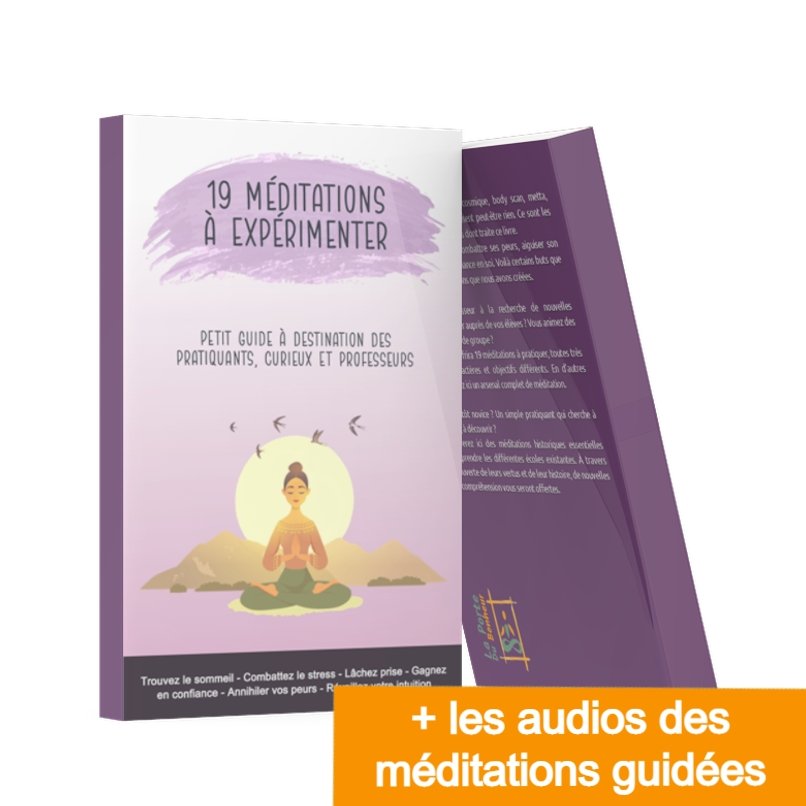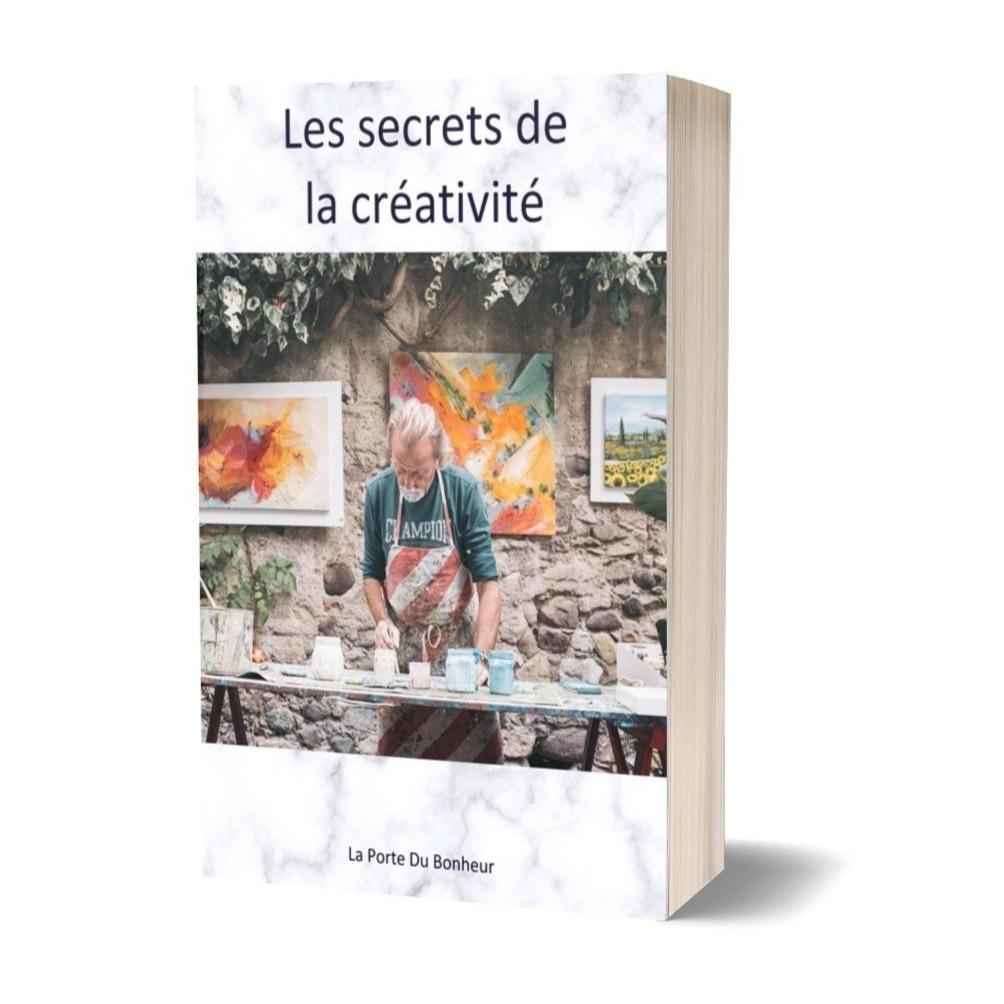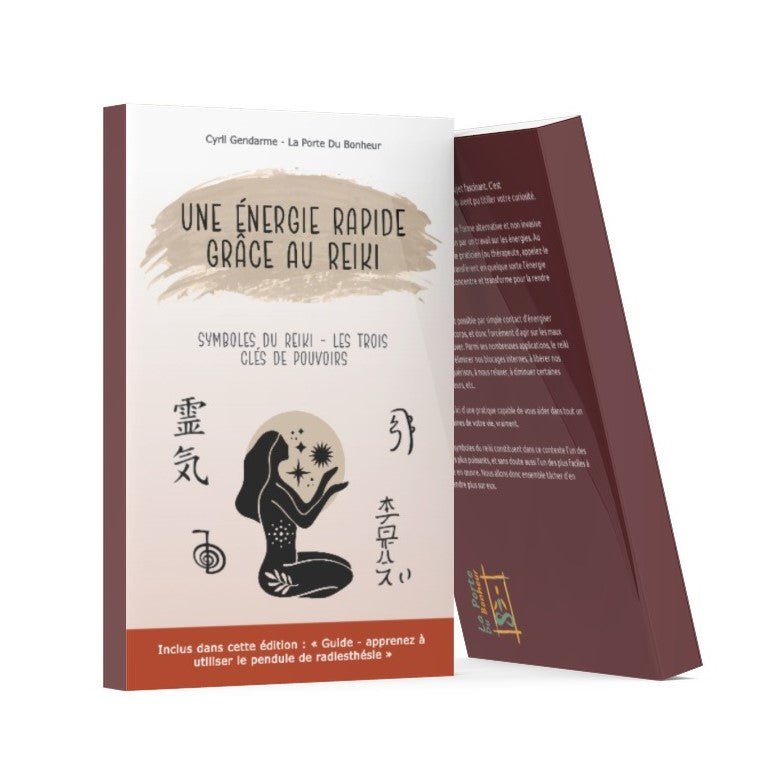Holistic Care: Definition, Examples and Advice
Holistic care is a set of ancestral practices that have been used for centuries to treat physical and psychological ailments.
For my part, I am convinced that these treatments can be very beneficial for those who wish to find balance between their body and their mind.
In this article, we will explore how holistic care can help us achieve a more complete state of health.
Contents :

Definition of holistic care
Holistic care is a therapeutic practice that seeks to take into account the human being as a whole. This approach integrates the body, mind and emotions to provide complete treatment for the person. Holistic care is based on the principle that each individual is unique and cannot be treated like everyone else.
The definition of holistic care mainly focuses on the fact that these techniques aim to improve the overall quality of the person's physical, mental and spiritual well-being.
The methods used also allow patients to increase their bodily and mental awareness in order to relieve or cure certain physical or psychological pain as well as stress-related disorders.

The history of holism
Holism is an ancient practice that dates back thousands of years. It is an integrative approach to life and well-being that emphasizes the unity between body, mind and soul.
The main goal of this method of care is to find a balance between the three aspects to promote a better overall quality of life.
The term "holism" was coined by Jan Smuts, a South African philosopher, in 1926. The word comes from the ancient Greek "holos" meaning "all" or "totality". Holistic philosophy posits that each part is part of a larger system on which it depends for its existence and survival.
Treatment #1: sophrology
Sophrology is a holistic practice that aims to help people improve their health and well-being through mindful methods.
It combines breathing, relaxation and imagination techniques to encourage harmony between body and mind. Using these tools, sophrology focuses on present moment awareness so that individuals can better understand themselves and make positive decisions more easily.
Sophrology sessions can be very varied because they can include a wide range of exercises such as positive visualization, auditory relaxation, self-hypnosis or even specific breathing exercises.

Treatment #2: acupuncture
Acupuncture is a holistic therapy that can help relieve pain and improve overall health. This ancient Chinese practice involves inserting very fine needles into different parts of the body to stimulate the nervous system, allowing the body to heal itself.
The benefits of acupuncture are numerous: it helps reduce chronic pain, treat certain autoimmune diseases and even promote better sleep. It can also be used to relieve stress and anxiety, as it stimulates the production of natural endorphins which provide a feeling of deep relaxation.

Treatment #3: reiki
Reiki is a form of holistic healing that also aims to balance energy and physical, mental and spiritual well-being. It is an ancient practice originating in Japan that involves channeling universal energy through touch to promote healing. Reiki can be used on people or animals, as well as objects such as stones or crystals.
The fundamental principles of Reiki are based on the belief that we all possess our own life energy, but when it is blocked or disrupted it can lead to various physical and psychological illnesses.
Treatment #4: osteopathy
Osteopathy is one of the most popular and effective holistic treatments for the treatment of various conditions. It is a form of manual therapy that aims to restore structure and function to the body using gentle, precise and deep touch. It can be very beneficial in relieving certain chronic pain, helping to heal musculoskeletal injuries or even improving your posture.
Osteopaths generally look for abnormal restriction or tension in muscles, joints or ligaments to find the root cause of the problem.

Treatment #5: shiatsu
Shiatsu is a holistic care practice which aims to rebalance the body and mind through action on certain energy channels of the human body (the meridians). This ancestral Japanese method consists of applying pressure on acupuncture points, in order to stimulate energy circulation in the body and release muscular tension. It can be used as a complementary treatment to other therapies or simply as a deep relaxation technique.
Shiatsu is aimed at all types of people, regardless of their age or physical condition. It is particularly beneficial for relieving chronic pain such as that linked to stress, digestive and respiratory disorders, joint and muscular ailments or even to soothe insomnia and improve the quality of sleep.

Treatment #6: Ayurveda
Ayurveda is an ancestral practice dating back thousands of years and developed in India. It is characterized by the use of plants, herbs and other natural remedies to treat physical and mental ailments. It is a holistic system aimed at restoring harmony between body, mind and soul in order to maintain overall health.
The main goal of this practice is to help people find inner balance and a better quality of life thanks to Ayurvedic treatments.
Treatment #7: qi gong
Qigong is one of the oldest forms of Chinese medicine and is an integral part of holistic healing. It is a set of techniques that aim to improve energy circulation, physical and mental well-being as well as overall quality of life. Qigong is a very diverse practice that includes physical, breathing and mental exercises to stimulate the flow of vital energy (Qi) through the body.

Treatment #8: hypnosis
Hypnosis is a powerful tool for holistic care. This is a technique that allows you to connect to your unconscious and modify certain limiting beliefs or negative behaviors. It can be used to treat emotional, physical or psychological problems.
This therapeutic method consists of a hypnotic induction followed by the client so that they can enter an altered state of consciousness and reach their subconscious. Once one has access to the subconscious, one can explore deeply buried memories and identify the roots of the problem at hand.

Treatment #9: naturopathy
Naturopathy is a form of holistic care that aims to promote health and well-being using natural techniques. She focuses on the use of foods, medicinal plants, exercise and other practices to improve patients' overall quality of life. Naturopathy was developed over 100 years ago and is now widely recognized as an effective complementary treatment to conventional treatments.

Treatment #10: shamanism
Shamanism is an ancient practice that dates back thousands of years. It is the original form of holistic and spiritual medicine, when traditional healers used their knowledge to help their patients return to a state of physical, mental and emotional harmony. Shamanic healing aims to restore the natural order so that we can reach our highest personal potential.
Shamans use medicinal plants, haunting music and sacred rituals to connect people to the invisible world where they can find solutions to improve their quality of life.
Lucky charm featured in this article

19 Meditations to Experiment with (Short Guide for Practitioners, Curious People and Teachers)
See more
The Secrets of Creativity
See more
Free your Mind!
See more
Rapid Energy Thanks to Reiki (Symbols of Reiki - the Three Keys of Power)
See more



